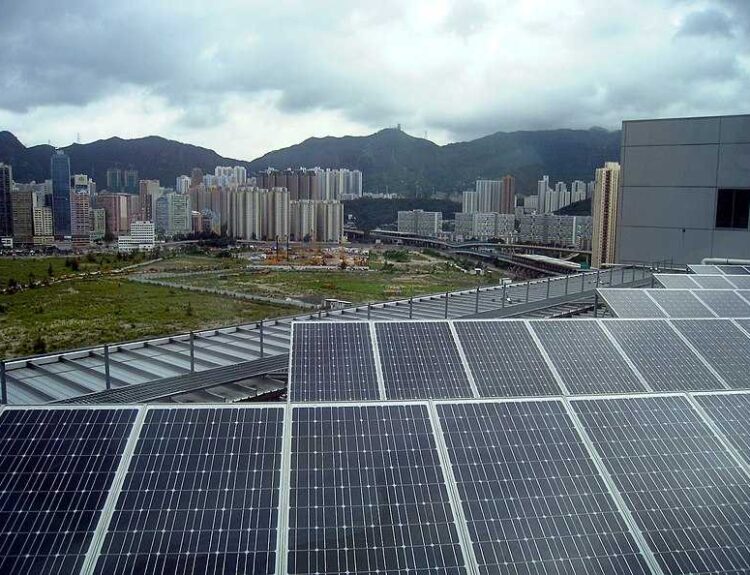How Starship could make orbiting power plants affordable
- SpaceX’s Starship could revolutionize space-based solar power generation
- Michigan-based start-up Virtus Solis believes Starship will make orbiting power plants affordable
- Low-cost access to space is crucial for space-based solar power to be economically viable
- SpaceX’s reusable rockets have significantly reduced the cost of launching satellites
- Once Starship is fully operational, the cost of launching satellites could be as low as $10 per kilogram
- Space-based solar power could become cheaper than Earth-based nuclear plants or gas and coal-fired power stations
- Virtus Solis plans to build giant photovoltaic arrays in orbit using Starship
- Efficiency of wireless power transmission is a major challenge for space-based solar power
- Virtus Solis aims to launch a demonstration power-beaming satellite in 2027
- The company hopes to build a commercial megawatt-class solar installation by 2030
SpaceX’s Starship is set to revolutionize space-based solar power generation, according to Michigan-based start-up Virtus Solis. The company believes that Starship will make orbiting power plants not only affordable but cheaper than many other methods of generating electricity on Earth. Low-cost access to space is crucial for space-based solar power to be economically viable, and SpaceX’s reusable rockets have significantly reduced the cost of launching satellites. Once Starship is fully operational, the cost of launching satellites could be as low as $10 per kilogram. This would make space-based solar power cheaper than Earth-based nuclear plants or gas and coal-fired power stations. Virtus Solis plans to build giant photovoltaic arrays in orbit using Starship, with the aim of delivering constant "baseload power" to regions on Earth. However, wireless power transmission efficiency remains a challenge for space-based solar power. Virtus Solis is working on improving this efficiency and plans to launch a demonstration power-beaming satellite in 2027. The company hopes to build a commercial megawatt-class solar installation by 2030.
Factuality Level: 3
Factuality Justification: The article contains a mix of factual information about space-based solar power and SpaceX’s Starship, but it also includes speculative statements and predictions presented as facts. The article lacks in-depth analysis and verification of the claims made by the sources mentioned. It also includes some sensationalism and overly optimistic projections without providing sufficient evidence to support them.
Noise Level: 3
Noise Justification: The article provides a detailed and informative analysis of the potential of space-based solar power generation, discussing the technology, costs, and challenges involved. It includes quotes from experts and references to ongoing projects, adding credibility to the information presented. The article stays on topic and supports its claims with examples and data. However, it could benefit from more critical analysis and exploration of potential drawbacks or risks associated with space-based solar power.
Financial Relevance: No
Financial Markets Impacted: No
Presence Of Extreme Event: No
Nature Of Extreme Event: No
Impact Rating Of The Extreme Event: No
Rating Justification: The article does not pertain to financial topics and does not describe any extreme events.
Public Companies: SpaceX (N/A)
Private Companies: Virtus Solis
Key People: John Bucknell (Founder of Virtus Solis, former SpaceX rocket engineer)
 www.space.com
www.space.com 





